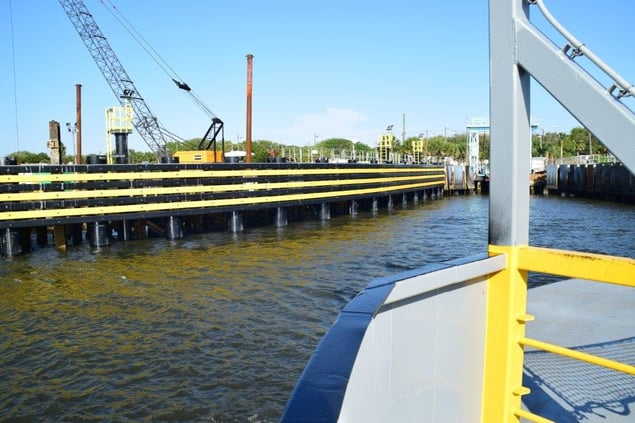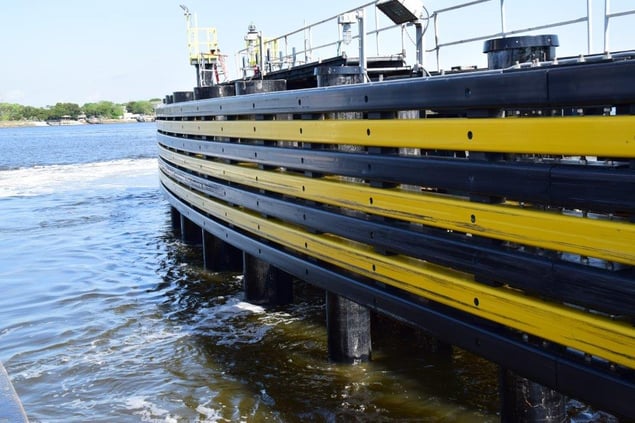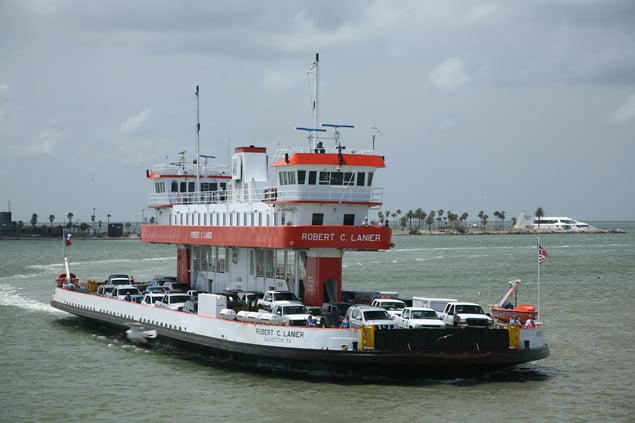The last time I rode a ferry was when I took Shepler’s service from St. Ignace to Mackinac Island. Captivated by the view, I wasn’t thinking about things like the fenders that funneled the ferry into the terminal and absorbed the shock of impact to keep my ride comfortable. In 2015 the family-owned company celebrated 70 years and added a new boat to its line. But Shepler’s isn’t the only ferry service experiencing growth. The United States Department of Transportation reported that more than 77 million people used ferries in 2014. One of the world’s two largest ferry systems is located in the state of Washington’s Puget Sound. The fourth largest ferry system in the world, Washington State Ferries owns 28 vessels which travel to 20 ports of call around Puget Sound. These busy boats carry more than 22 million riders a year.

Now you might be asking, exactly what are those fenders I mentioned earlier? Technically speaking, fenders are used to absorb the kinetic energy of a ferry, tugboat or barge berthing against a jetty, quay wall or passenger terminal. The high energy absorption and low reaction force of these products helps prevent damage to the vessel, the dock or terminal and minimizes the impact of “parking” these vessels on passengers.
Fenders come in all shapes, sizes and materials, ranging from rubber tires hanging off a tugboat’s sides to rope woven in different patterns. Today, owners of historic boats still use woven rope fenders but most are made from rubber, foam elastomer or plastic. In the case of canal entrances, ferry terminals and the bases of bridges, fenders are permanent fixtures. Yachts, support ships and leisure boats generally use mobile fenders.

Fender choice typically relies on the application and a number of criteria such as dimensions, maximum allowable stand-off, docking structure and tidal variations. Fender size is calculated using the berthing energy of the vessel relative to the square of docking velocity.

Another type of fender making a splash is one that is assembled using Fiber Reinforced Polymer composite products. Fenders fabricated from FRP composites are gaining speed due to the material’s ability to withstand harsh marine requirements such as saltwater corrosion, ice flow protection and a long life cycle. And when it comes to the impact factor, FRP products work under the “bend, but don’t break” principle. The high strength of FRP allows pilings and panels to deflect, absorbing impact energy and softening the jolt to passengers. So the next time you find yourself riding a ferry, stop for a moment and see if you can “find the fenders.” If you're with family, you could even make a game out of it that's both fun and educational. I spy a…

